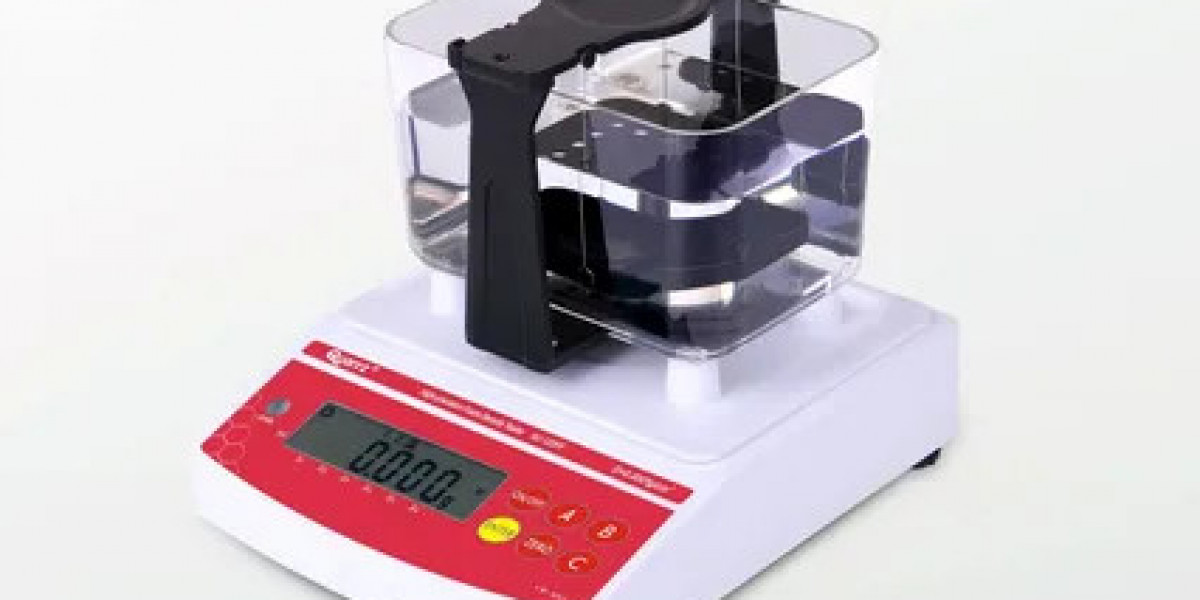This article explores what each test is, why they matter, and how they are used in practice.
What Is an Air Flow Resistance Test?
The air flow resistance test measures how much a material resists the flow of air through it. This property is crucial for materials used in applications like insulation, filters, fabrics, and porous rocks in reservoir studies.
How It Works:
A sample of the material is exposed to a controlled flow of air, and the pressure drop across the material is measured. The higher the pressure drop, the greater the resistance to air flow.
Common Uses:
Evaluating filters and membranes
Measuring permeability in soil and rock samples
Assessing sound-absorbing materials
Testing insulation products
What Is a Capillary Pressure Test?
The capillary pressure test measures the pressure required to force a non-wetting fluid (typically gas or oil) into the pores of a porous medium already saturated with a wetting fluid (typically water). It’s widely used in petrophysics, hydrology, and soil science.
How It Works:
In a controlled lab setting, pressure is gradually applied to displace the wetting phase from the pore spaces of a rock or soil sample. The relationship between capillary pressure and saturation is recorded.
Common Uses:
Determining pore throat size distribution
Reservoir characterization in oil and gas
Estimating fluid saturation levels in soil
Understanding fluid flow behavior in porous media
Air Flow Resistance Test vs. Capillary Pressure Test
| Feature | Air Flow Resistance Test | Capillary Pressure Test |
|---|---|---|
| Focus | Gas flow through materials | Fluid displacement under capillary action |
| Medium | Air (or gas) | Oil, gas, and water systems |
| Application | Filtration, acoustics, insulation | Reservoir engineering, soil analysis |
| Key Output | Permeability / flow resistance | Capillary pressure curve, saturation data |
While both tests involve porous materials, their goals are different. One measures resistance to gas flow; the other analyzes how fluids distribute and move through pore networks under pressure.
Why These Tests Matter
Understanding both air flow resistance and capillary pressure is vital for optimizing material selection, predicting fluid behavior in natural formations, and enhancing product performance.
In energy: Accurate capillary pressure data improves oil recovery strategies.
In environmental engineering: Air flow resistance affects soil aeration and pollutant movement.
In product design: Filters and textiles are optimized for airflow and breathability.
Final Thoughts
The air flow resistance test and capillary pressure test are two powerful tools for analyzing the behavior of fluids and gases in porous media. Whether you're designing a high-performance filter or analyzing a rock formation for oil extraction, these tests provide essential insights that drive decision-making and innovation.
If you're working in a field where porous media play a role, make sure you're applying the right tests — and interpreting the results correctly — to gain a competitive edge.
Need lab testing or consulting?
Reach out to our team for expert analysis and support with air flow resistance and capillary pressure testing services.













